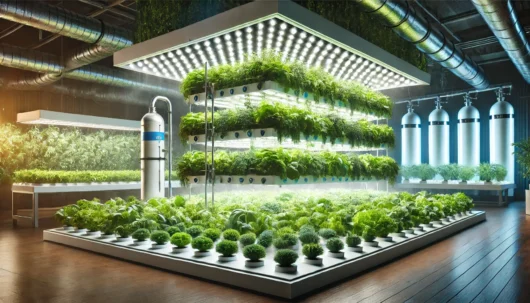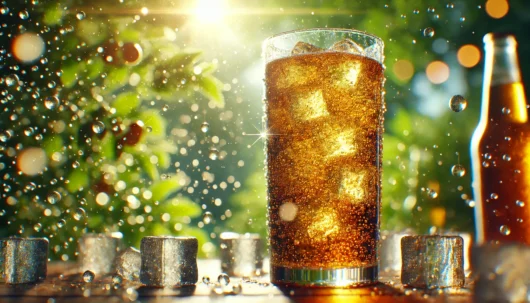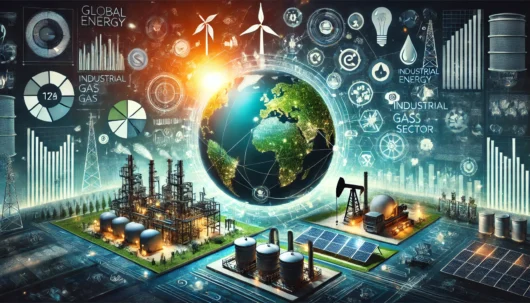Carbonated water, also known as sparkling water or soda water, has been enjoyed by people for centuries. Its effervescence, refreshing taste and versatility in cocktails and beverages make it a popular choice worldwide. But have you ever wondered what gives carbonated water its signature bubbles and tingling sensation? The answer lies in carbon dioxide (CO2) gas. In this article, we’ll explore the fascinating science behind the carbonation of water and its environmental implications.
The Science of Carbonation
Carbonation is the process of dissolving carbon dioxide gas (CO2) into water, creating carbonic acid (H2CO3). This reaction occurs when CO2 gas, typically stored under pressure, comes into contact with water. The carbon dioxide molecules dissolve into the water, forming carbonic acid, which then decomposes into bicarbonate ions (HCO3-) and hydrogen ions (H+).
The chemical equation for this reaction can be represented as follows:
CO2 (g) + H2O (l) → H2CO3 (aq) → HCO3- (aq) + H+ (aq)
It’s this presence of carbonic acid and the release of carbon dioxide bubbles when the liquid is agitated that create the effervescent quality of carbonated water.
Types of Carbonated Water
There are various types of carbonated water, each produced through different methods:
- Natural Mineral Water: This type of carbonated water comes from natural springs or wells, where the carbonation occurs naturally due to the presence of dissolved minerals and CO2 gas. Well-known brands like Perrier and San Pellegrino offer natural mineral water options.
- Carbonated Tap Water: In this case, CO2 gas is artificially injected into tap water to create carbonation. This is the method commonly used in home soda makers and commercial soft drink production.
- Seltzer Water: Seltzer water is plain water that has been artificially carbonated. It contains no added minerals or flavourings, making it a versatile choice for mixing drinks.
- Club Soda: Club soda is similar to seltzer water but often contains added minerals like sodium bicarbonate or potassium sulfate, which can impart a slightly salty or mineral taste.
Environmental Impact of CO2 in Carbonation
While carbonated water brings joy to millions, it’s essential to consider the environmental impact of producing and consuming it. The most significant environmental concern is the emission of carbon dioxide gas during the carbonation process.
- Production Emissions: In the production of carbonated water, especially for commercial use, large amounts of CO2 gas are used to carbonate the water. This CO2 is often sourced from industrial processes or fossil fuels, contributing to greenhouse gas emissions.
- Packaging: The packaging of carbonated water in plastic bottles and aluminium cans also has environmental implications. Plastic bottles contribute to plastic pollution, while aluminium production has its carbon footprint.
- Transportation: The transportation of carbonated water from production facilities to consumers can generate additional emissions, especially if it involves long distances.
Sustainable Alternatives
To reduce the environmental impact of carbonated water, there are several sustainable alternatives:
- Home Carbonation: Invest in a home soda maker, which allows you to carbonate tap water on demand. This reduces the need for single-use bottles and the associated transportation emissions.
- Recycling: Properly recycle plastic bottles and aluminium cans to mitigate the impact of packaging waste.
- Support Sustainable Brands: Choose brands that prioritise sustainability in their production processes, packaging materials, and transportation methods.
Carbonated water, with its effervescence and refreshing taste, owes its bubbly nature to the presence of carbon dioxide gas. While carbonated water is enjoyed by many, it’s essential to consider its environmental impact. By making sustainable choices and being mindful of the carbon footprint of our beverages, we can continue to enjoy the fizz while reducing our ecological footprint. Whether you prefer sparkling water or soda, a little awareness can go a long way in preserving the planet while indulging in your favourite fizzy drinks.


